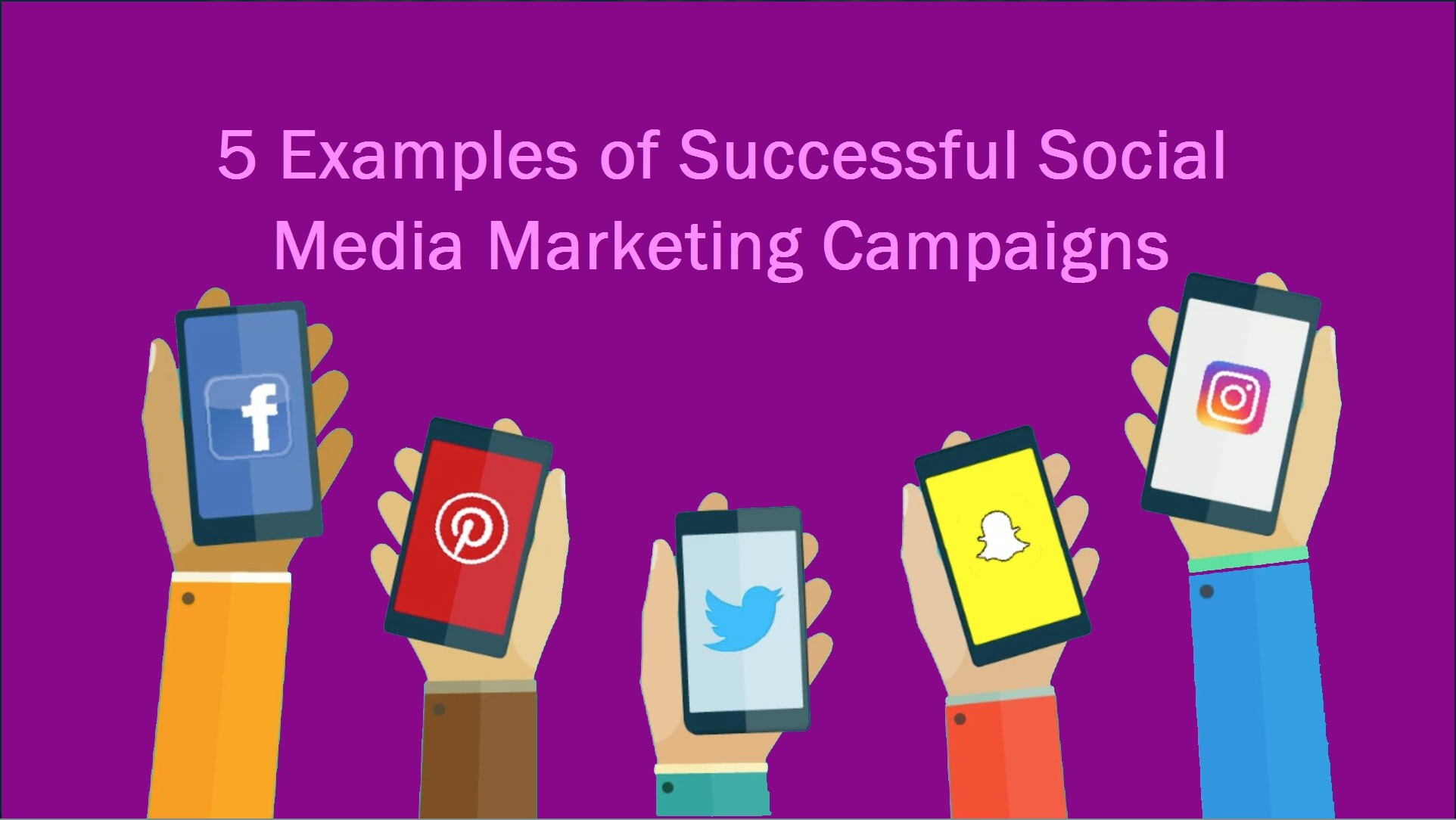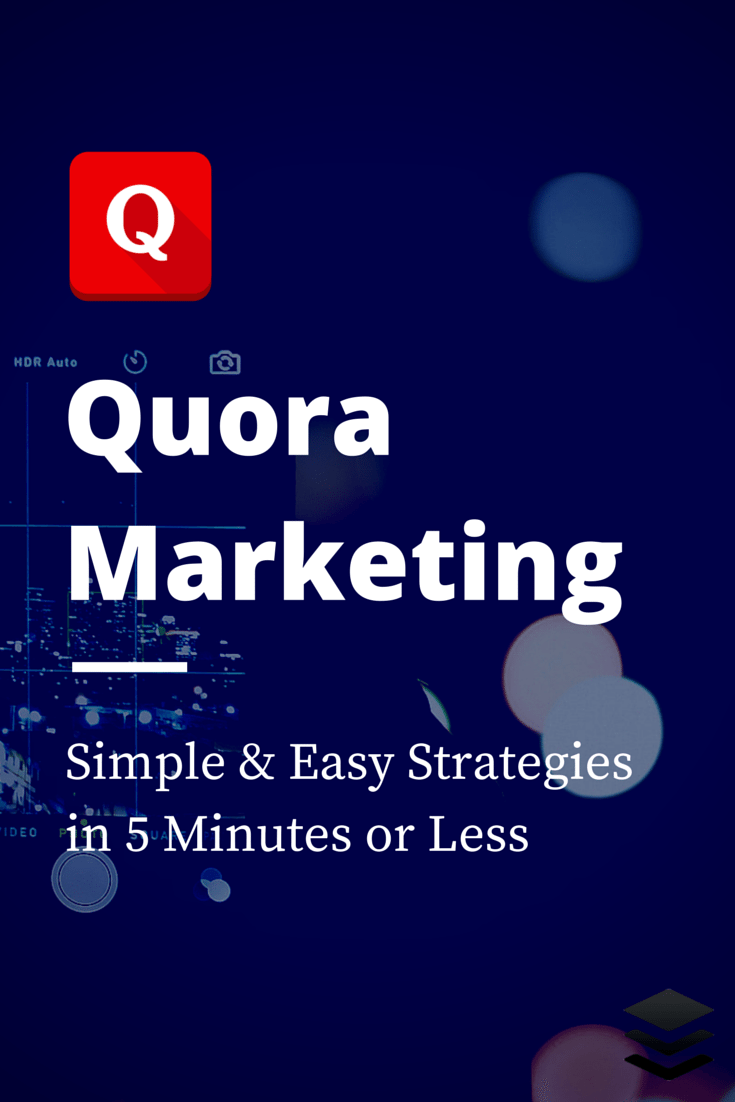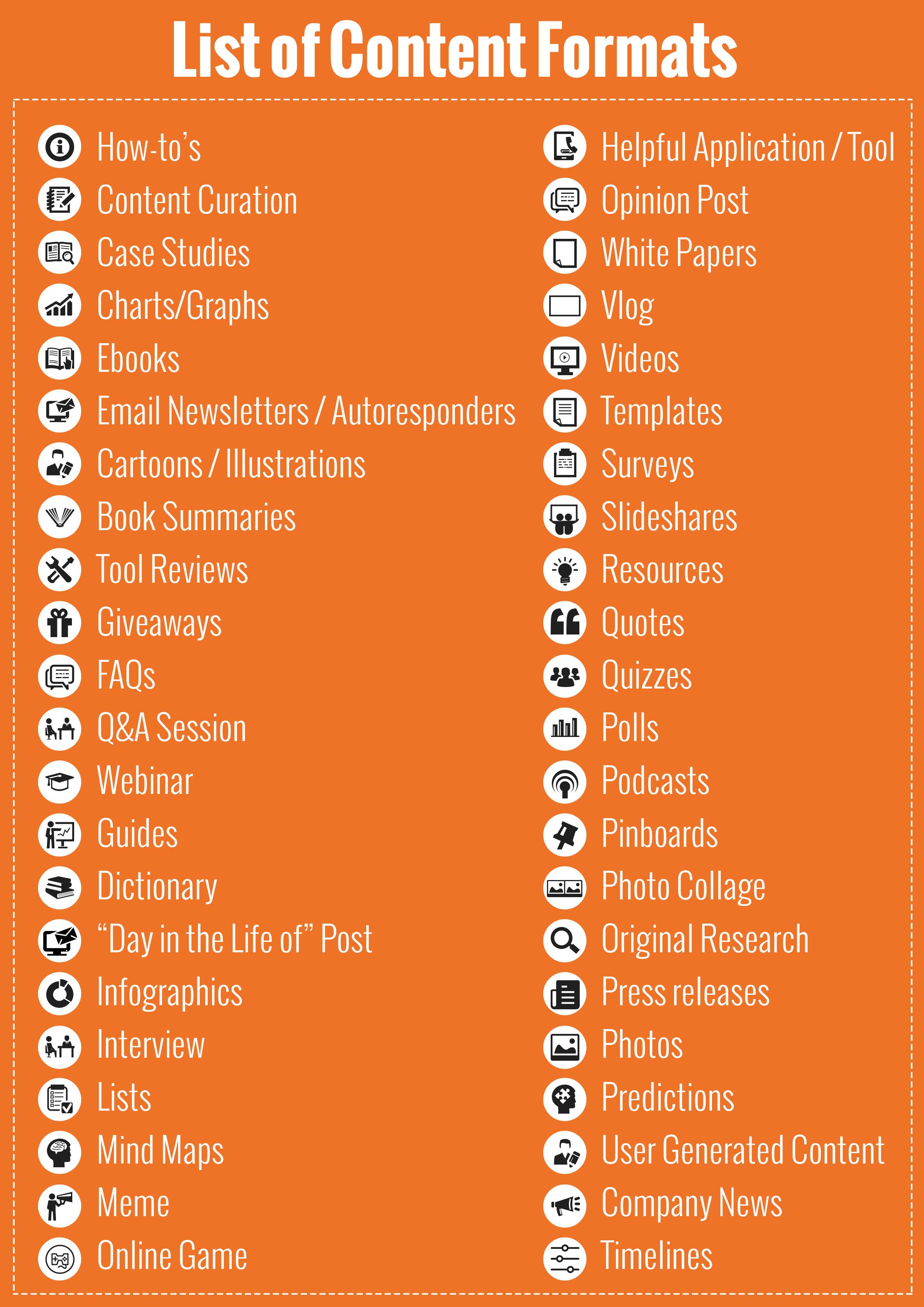
If you do not have a social network presence for your business, it is a good idea to get one. Once you know where your audience spends time, you can target them more effectively. Create a mission statement for each channel and a content schedule to implement your strategy. To determine if your efforts are producing the desired results, you should measure the ROI of those efforts. Here are some helpful tips to get you started. Once you've created a mission statement for each social media channel, you can now start generating content and measuring your return on investment.
You should create a mission statement on each social media channel.
You must develop a mission statement for each channel in order to maximize your social media presence. This will help you decide what to post and what your audience should do on your social media channels. You don't need to be all things to everyone. Write down why you want your audience to engage with you, then create a mission statement to each social media channel.
A mission statement is a guideline for how you will communicate with your audience. You can also make it more specific by breaking it into sub-goals, such as acquiring 10 new long-term clients in six months. This will help you allocate time and money and determine how much value you want each of those customers to bring to your business. You can also use a mission statement to help guide your content creation.
Creating a content strategy
If you want your content shared by large audiences, it is important to create a social media content strategy. Social media channels have 3.96 billion users and a constant flow of content. Because of the rapid turnover of content, it is crucial to have a strategy to create compelling content that will appeal to a wide audience. Here are some tips on how to create a content plan for social media.

Identify your goals for the business. Your social media strategy must be based on research. Research is key to determining which content generates the most engagement and boosts your brand's image. Once you know who your audience is, you can create relevant content based on their preferences. It is vital that you post often and track the effectiveness your strategy. It will fail if your strategy does not reflect your business objectives.
Create a content calendar
To create a content calendar on your social media channel you must have a clear strategy. For your content calendar to be successful, you need to set goals and monitor your progress. You can conduct a social audit to assess your current strategy, determine how it is working and make suggestions. Identify the audience you are targeting and what your goals are for each channel. Create a content plan that supports your goals.
You can create a content calendar to help you know what posts to make and when. If you have an Instagram account that is food-focused, you can use a content calendar to help plan ahead and plan your National Pancake Day post. It's better to plan ahead than being caught unaware of when your post will be published. You'll also be able gauge the reaction of your audience to each posting.
Measuring ROI
Social media ROI is calculated using the return on investments and the cost of the campaign. This can be helpful in segmenting your campaign by social network, so you can pinpoint which platforms work best for you. It also allows you to fine-tune your campaign, if needed, to achieve the best ROI. You can see the ROI of different social media networks in the reporting section for each channel. Here are some suggestions for measuring social media marketing ROI:

By counting likes/shares/comments/followers, you can determine engagement. Leads don't necessarily have to be customers. It could also be subscriptions or e-books. Conversions are undoubtedly the most important KPI of social media channels. Here is where ROI comes into play. The more leads you have, the better. You can use Facebook and Twitter to get an idea of your marketing ROI through these channels.
FAQ
How can you build a content-marketing strategy that works?
Before you can create a content marketing strategy, it is important to first decide what content type you want. Next, you need to identify who your target market are and how they use Internet. Next, determine which channels are most effective in reaching your target market. Finally, you will need to choose the right keywords for each channel. Then write compelling copy.
What is my ROI when I use a Content Marketing Strategy to Market?
The average return on investment (ROI) for businesses that implement a Content Marketing Strategy is between 5x and 10x higher than for businesses that don't.
A Content Marketing Strategy is used to generate leads and sell.
It can also provide valuable insight into your company. These insights allow you to make smarter decisions, such as identifying new opportunities and improving customer service.
Let me tell ya, Content Marketing Strategy can make you a lot of money.
You can easily increase your overall revenue.
Do I need an SEO expert to do Content Marketing? Yes!
SEO experts are familiar with how search engines, such as Google, rank pages. They can also tell you which keywords to target when optimising your page.
How much does content marketing cost?
Pricing for content marketing depends on whether you want to outsource or do it yourself. Outsourcing content market services is often cheaper than hiring fulltime employees. This allows you to scale quickly, when you need it.
HubSpot research has shown that outsourcing content production costs $5 per lead for B2B companies, compared to $22 for consumer brands.
However, there are plenty of web resources that provide free content marketing tools that you can use to create engaging content that converts.
There are many different ways to optimize content that is optimized for search engines, such as Google and Bing. For example, you can write original articles, guest post on blogs, curate content from other websites, and repurpose existing materials.
If you choose to produce your own content, then you must learn how to make great content. Once you learn it, creating content will become easy.
It is possible to start with simple landing pages created using WordPress, and then build your site. This way, you can build a portfolio over time.
How long does it take to get started in content marketing?
It all depends on your business size. Smaller businesses often don't have the resources to invest immediately in content marketing. If you put in the effort, it can really pay off.
How do you measure success with content-marketing?
There are many ways to assess the effectiveness of your content-marketing strategy.
Google Analytics is a great tool for measuring traffic. This tool allows you to see where your targeted traffic is coming from and what pages they are visiting most often.
It will also show you how long each visitor stays before leaving your site.
This information can be used to improve your content and to keep people engaged for longer periods.
The following questions will help you to measure the success and failure of your content marketing efforts:
What value do my new subscribers receive from my email bulletins? How many people have converted to paying memberships from my entire mailing list? How many people have clicked through on my landing site? Do those who click through convert at higher rates than others?
These are all important metrics that you should track and monitor over time.
Lastly, another great way to measure content marketing success is to look at the number of times people share links to your content across social networks.
Consider starting now if this is something you aren't doing. It could mean the difference between being seen and unseen in your industry!
How long can I expect my content-marketing campaign to last?
This can vary depending on the industry or type of product or services offered.
For example, if you sell shoes, you might spend one month designing a new shoe style. This could be an example: You launch a new product in August. Then, you continue to improve it throughout the year.
If you are selling clothing, one look might be for spring and one for fall. You should always offer something new to your audience so they never get bored.
Your goals determine the length of your content marketing campaign. A small business may only require you to concentrate on one channel. If you are a larger company, it may be necessary to consider multiple channels in order to reach a large audience.
Statistics
- An example of an overarching goal could be: "In 2022, we want to achieve a 20% increase in revenue created by organic content and generate 15,000 MQLs with a budget of $30,000." (semrush.com)
- Seventy-two percent business to business (B2B) (mailchimp.com)
- Measure your goals with a progress indicator of 0-100%. Make your goals collaborative and transparent (semrush.com)
- In fact, would pay more for a better customer experience, and 86% of B2B buyers would pay more. (neilpatel.com)
- Companies that use content marketing see approximately 30% higher growth rates than businesses not using it. (mailchimp.com)
- This marketing strategy landed Ford a 15.4% conversion rate. (neilpatel.com)
- Content marketing produces 3X more leads per dollar spent. Content marketing costs 62% less than traditional marketing. (criteo.com)
- According to research compiled by Coschedule: Companies that publish 16+ blog posts a month get as much as 3.5x as much traffic as those that publish 0-4 posts a month. (criteo.com)
External Links
How To
How can I create a content market strategy?
Understanding what content you want to create is the first step. Once you have this information, it is time to begin creating content. This could include creating an editorial calendar or planning where these pieces will come. Content should always serve a purpose. It doesn't matter if it's blog posts, social media updates, e-books, or anything else, but they should all serve a single goal.
Once you decide what content type you want to produce it's time to discover who your target market really is. What are their interests and what do they care about?
Next is to find ways of communicating with your target market. Social media platforms are an excellent way to connect with people, but other options exist, such as videos, podcasts, webinars, etc.
Once you have decided how you will communicate to your market, the next step in your content creation process is to identify what topics and types you want. Again, this goes back to determine why you're writing the content. What problem does the content solve? Does it help? Does it make their life easier
You now know what content you like to write. Now it's time for you to decide what you want. Do you want to share information about your industry? On current events? Which products and services are you most interested in? This question will determine your focus.
Finally, once you've answered those questions, it's time to combine everything into one complete package.
You want to ensure that every piece of content you create serves its purpose. You don't want anyone to waste their time and energy so make sure you build quality into all aspects of your content.
A great content marketing strategy is not complete without many moving parts.